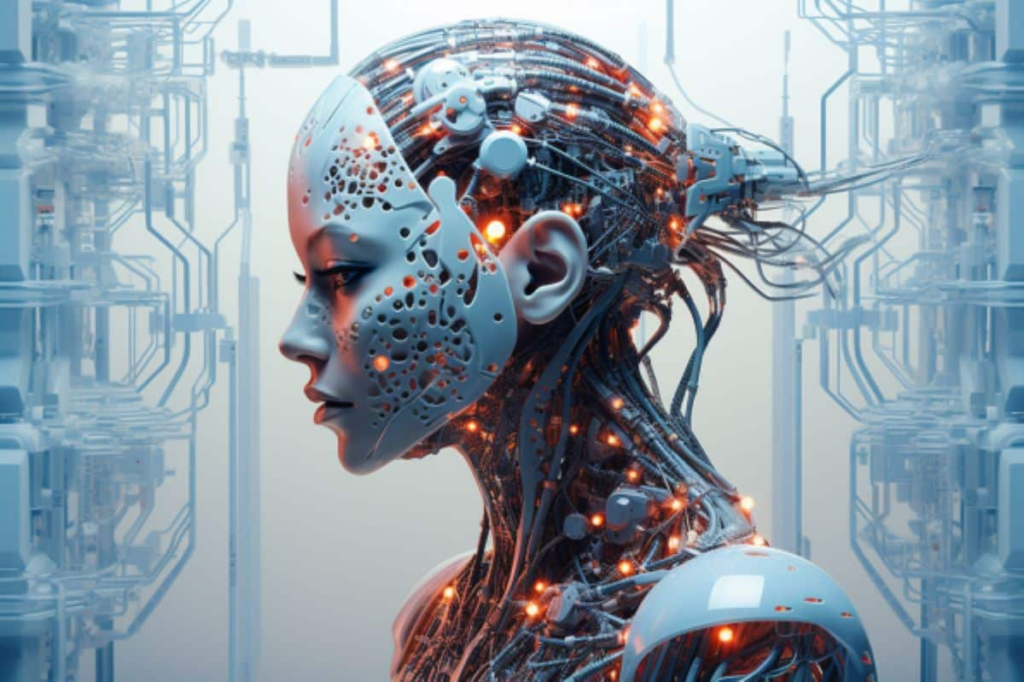
In 1962, Nobel laureate Herbert Simon told a story of two watchmakers. Tempus assembled watches from 1,000 parts in sequence—one interruption meant starting over. Hora is built hierarchically: ten parts per sub-assembly, ten sub-assemblies per module, and ten modules per watch. When disrupted, Hora lost minimal work. In a world of constant interruptions, Hora thrived while Tempus failed.
This parable revealed a profound truth: product design reflects production constraints more than user needs. For sixty years, human limitations—our finite attention, fallible memory, need for breaks—shaped everything we build. Modular smartphones exist not because users demanded them, but because assembly lines required them. Software has functions because programmers cannot comprehend millions of lines simultaneously. We mistake workarounds for human constraints as design principles.
Today, three converging technologies shatter these constraints. Dark factories operate without human intervention—Siemens’ Amberg facility produces over 17 million components annually with 350 production changeovers daily. Advanced robotics manipulate components at any scale without error. Generative AI designs products beyond human comprehension—Google’s AI designed chips for their Tensor Processing Units in under six hours, tasks that take humans months.
As human constraints vanish, radical design paradigms emerge. Tempus may have the last laugh: Apple’s M1 chip integrates CPU, GPU, and memory into a unified architecture, achieving performance impossible through modular design. This integration principle is expanding—more devices will combine previously separate components into unified systems, reducing complexity while improving performance.
Traditional design assumes human intentionality. But AI enables evolutionary approaches where products emerge through algorithmic selection. NASA’s evolved antenna for the Space Technology 5 mission resembles no human conception yet performs magnificently. Within seven years, AI-assisted design will become standard for complex components—from circuit boards to structural elements—with engineers setting parameters rather than specifying details.
Most practically, products are becoming adaptive. MIT’s Self-Assembly Lab demonstrates materials that transform with heat, water, or pressure. Early applications include self-adjusting automotive components and responsive architectural elements. By 2032, such materials will appear in consumer products—clothing that adjusts to temperature, packaging that responds to contents, furniture with variable stiffness.
The implications ripple across industries. Manufacturing shifts toward continuous production with 3D printing becoming mainstream for complex parts. Construction adopts prefabricated modules assembled by robots. Healthcare delivers personalized medical devices printed on-demand. These aren’t distant dreams—pilot programs exist today, with widespread adoption expected by decade’s end.
Here emerges a practical paradox: removing humans from production enables better customization. Current designs compromise user experience for manufacturing efficiency—sealed batteries, proprietary screws. Automated production already enables mass customization in some industries. By 2032, personalized products—from ergonomic tools to fitted medical devices—will become affordable and commonplace.
Yet profound questions arise. If AI designs through evolution, who is the designer? When products operate through incomprehensible principles, what does “understanding our tools” mean? These challenges strike deeper than typical automation anxieties—they fundamentally alter the human-tool relationship.
Simon showed that complexity’s architecture reflects creation’s constraints. For sixty years, those were human limitations. Tomorrow’s constraints—energy efficiency, material properties, algorithmic possibility—will create architectures perhaps beyond recognition. Yet the choice remains ours: will we deploy these capabilities to enhance human flourishing or merely optimize metrics?
Tempus and Hora built watches. Their successors will build worlds. What kind of world do we want them to build?
(The author, Shailesh Dhuri, is the CEO, of Decimal Point Analytics.)



